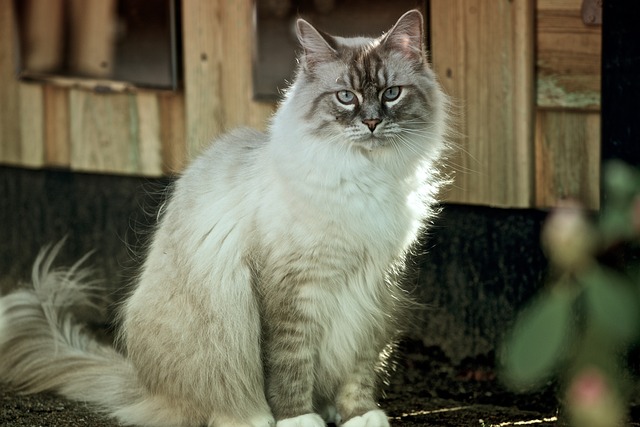As a long-haired cat owner, you know the importance of regular grooming to keep your feline friend’s coat clean and healthy. However, many cat owners are unsure where to start or feel intimidated by the task. In this article, we’ll provide you with expert tips and advice on how to groom your long-haired cat effectively.
Grooming is not just about looks; it’s also essential for removing dirt, debris, and tangles that can cause skin irritation and matting. Regular grooming also helps to strengthen the bond between you and your cat, as well as identify any potential health issues early on.
In this article, we’ll cover the essential steps and tips for grooming your long-haired cat, from preparing the necessary tools to dealing with common problems. Whether you’re a seasoned pro or a first-time groomer, our expert advice will help you feel confident and equipped to care for your beloved pet.
Before we dive into the nitty-gritty of grooming, let’s cover some general tips to keep in mind:
- Choose a quiet, comfortable location where your cat feels safe and relaxed.
- Use the right tools, such as a slicker brush, pin brush, or rake, depending on your cat’s specific needs.
- Be patient and gentle, especially around sensitive areas like the face and ears.
Now, let’s move on to the detailed steps for grooming your long-haired cat:
- Step 1: Brush Your Cat’s Coat
- Step 2: Remove Tangles and Knots
- Step 3: Clean Your Cat’s Ears
- Step 4: Trim Your Cat’s Nails
- Step 5: Inspect Your Cat’s Skin
- Step 6: Reward Your Cat
Begin by brushing your cat’s coat in sections, working from head to tail. Use a slicker brush or pin brush for most long-haired breeds, but be sure to use a rake specifically designed for thicker coats.
Use your fingers or a detangling tool to gently work out any tangles or knots you encounter. Be patient, as this can be the most challenging part of grooming.
Use a soft cloth or cotton ball to wipe away any dirt or debris from your cat’s ears. Avoid inserting anything into their ear canal, as this can cause discomfort and even injury.
Use a cat nail clipper to trim your cat’s nails, taking care not to cut too short. Regular nail trimming helps prevent overgrowth and discomfort for both you and your cat.
Gently inspect your cat’s skin for any signs of irritation, redness, or hair loss. Check for matting or tangling in the coat, and address these issues promptly to prevent further damage.
Finally, be sure to reward your cat with treats, praise, and affection for their good behavior during grooming. This helps build trust and reinforces the positive association with grooming sessions.
So, what are some common problems you might encounter when grooming your long-haired cat?
Matting and Tangling: Regular brushing can help prevent matting and tangling, but these issues often arise in older cats or those with particularly dense coats. Use a detangling spray or conditioner to make the process easier, and avoid using heat styling tools or harsh chemicals.
Skin Irritation: Regular grooming can help remove dirt and debris that may cause skin irritation. Be sure to clean your cat’s ears and eyes regularly, and address any signs of redness or inflammation promptly.
Fear or Anxiety: Some cats may feel anxious or fearful during grooming sessions. Start with short sessions and gradually increase the duration as your cat becomes more comfortable and relaxed.
Shedding: Long-haired breeds shed heavily, especially during seasonal changes. Regular brushing can help reduce shedding by removing loose hair and distributing skin oils to promote healthy coat growth.
Furballs: Furballs are small balls of fur that form when your cat grooms excessively. These can cause digestive issues if ingested, so be sure to remove them promptly using a lint roller or damp cloth.
By following these tips and guidelines, you’ll be well-equipped to care for your long-haired cat’s grooming needs.
Remember, every cat is different, so it may take some trial and error to find the right balance of tools and techniques that work best for your feline friend. Be patient, stay consistent, and you’ll be rewarded with a happy, healthy, and beautifully groomed long-haired cat.
If you have any questions or concerns about grooming your long-haired cat, consult with your veterinarian for personalized advice.

